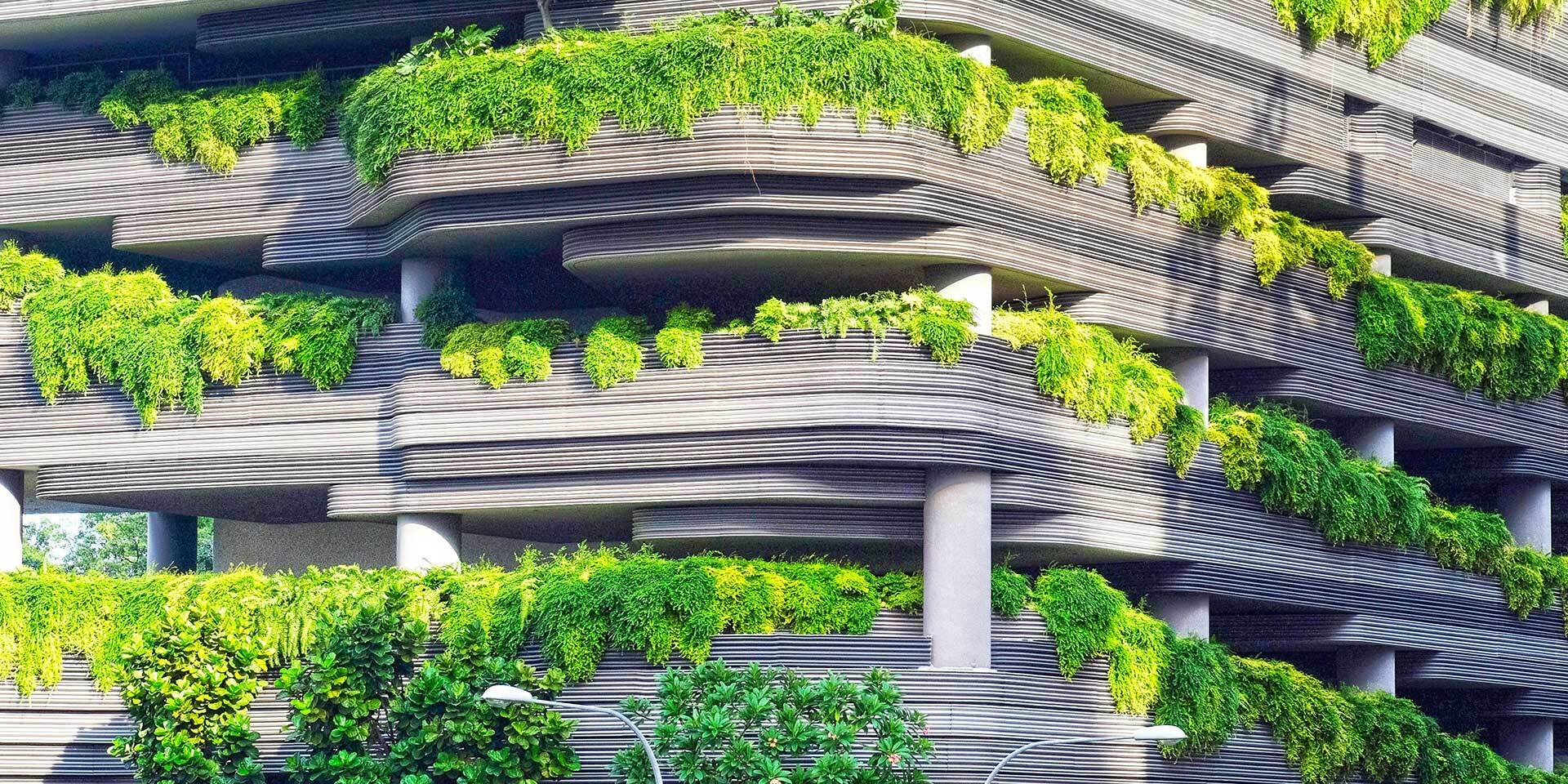The requirement for mandatory Biodiversity net gain (BNG) from development formed part of the Environment Act and was meant to come into effect legally in late 2023 but has now been pushed back to January 2024. The delivery of BNG is already a consideration in the National Planning Policy Framework, and is already a policy requirement in some areas. The extra few months before the Environment Act requirements kick in don’t only give the government more time to get their ducks in a row, but also give you more time to prepare.
In this blog, we share some steps to implement now so you can get ahead of BNG when it does come into effect in January 2024.
But first, what is biodiversity net gain – and how is it likely to impact you as a developer?
What is biodiversity net gain?
The National Planning Policy Framework (NPPF) has required that plans, policies, and decisions deliver BNG for some time, and some councils already have policies requiring the delivery of a certain amount of net gain, but the method of measuring the gain, and the amount of uplift required, varies.
Nationwide and mandatory net gain through development was introduced as part of the Environment Act 2021, but will only become law in January 2024. The aim is to ensure that developments leave the land in a better position post-development than when the project was started – increasing the biodiversity net gain of a site by 10%.
Developers will have to assess and calculate the biodiversity metric of the site initially, and then demonstrate how they are going to make positive environmental changes through offsetting (on-site or off-site) or enhancements.
How to prepare for biodiversity net gain
Now we’ve outlined how BNG will impact your development projects going forward, it’s time to share our five top tips for getting a head start on the rules and requirements.
1. Do the research
Although implementation is delayed until January, a lot of key documentation around BNG is already available. Reading up on this now will put you in good stead for when you need to start implementing these practices.
Core documents set to be released from the Government in November include:
- Statutory biodiversity metric – outlines how to calculate biodiversity gain
- Draft biodiversity gain plan template – information on what will need to be included in planning applications
- Habitat Management and Monitoring Plan – advice on long-term habitat management
- Biodiversity Net Gain guidance – a package detailing what various parties need to be aware of in relation to BNG
Once you’ve read through all the guidance, you’ll need to start putting this theory into practice.
2. Get some practice in
BNG may already be familiar to you, as a lot of local planning authorities (LPAs) have BNG requirements already embedded in their policy framework. This has filtered down from the National Planning Policy Framework (NPPF).
However, if you haven’t yet come into contact with any BNG requirements, it could be beneficial to work through the steps in any upcoming projects you may have so that you’re ready to go when it's passed into law.
The more you go through the BNG process, the more confident and creative you can get with your off-setting solutions.

3. Utilise all available (and unconventional) space
There are three types of habitat (areas, hedgerows, and watercourses), these are ranked ‘Very High’, ‘High’, ‘Medium’, ‘Low’, and ‘Very Low’. You generally have to provide a habitat of the same rank, or higher. A multiplier effect is also added to incentivise provision of offsite offsets (where net gain can’t be provided on site) in the same catchment, character area, or LPA.
Because the overall BNG score is made up of all three types of habitat, it’s possible to compensate for losses in one habitat with the creation of another, and you don’t always need acres and acres of land to do so.
For example, use the roofs and frontages of buildings to plant trees, shrubs, and flowers. Or plant urban trees streetside if you’re building in a town or city.
Getting unconventional can help unlock new offsetting opportunities on-site but if your site simply doesn’t lend itself to off-setting, you can start reaching out to landowners in your area.
4. Reach out to local landowners
Landowners based in the LPAs in which you operate (particularly farmers) could be an invaluable resource of land for BNG.
There’s not always going to be the right land or enough space to perform on-site mitigation.
Building strong connections, or at least testing the water, can help you line up options for any projects that may require off-site offsetting in the future. But, bear in mind that any site that is used for off-site offsetting will be ring-fenced for that use for at least 25 years.
Reach out to as many landowners as possible to test their appetite and gauge potential costs. Not only will this give you a head start on your financial projections, but can help you get in front of your local competition.
5. Lean on tech
Set yourself up for success with the right tech. Site sourcing and assessment tools can help you find sites that fit the requirements for either on-site or off-site off-setting.
Site sourcing tools are also useful for checking for any additional constraints that may impact a parcel of land, such as nutrient neutrality or falling within the Green Belt, these may be problematic for a housing scheme but could be just what you need for an offset site.
LandInsight has all the data you need to make informed decisions about the viability of a site, as well as empower you to find suitable plots of land for off-setting. Our letter sending feature also lets you contact the landowner directly – all without leaving the LandInsight platform.
